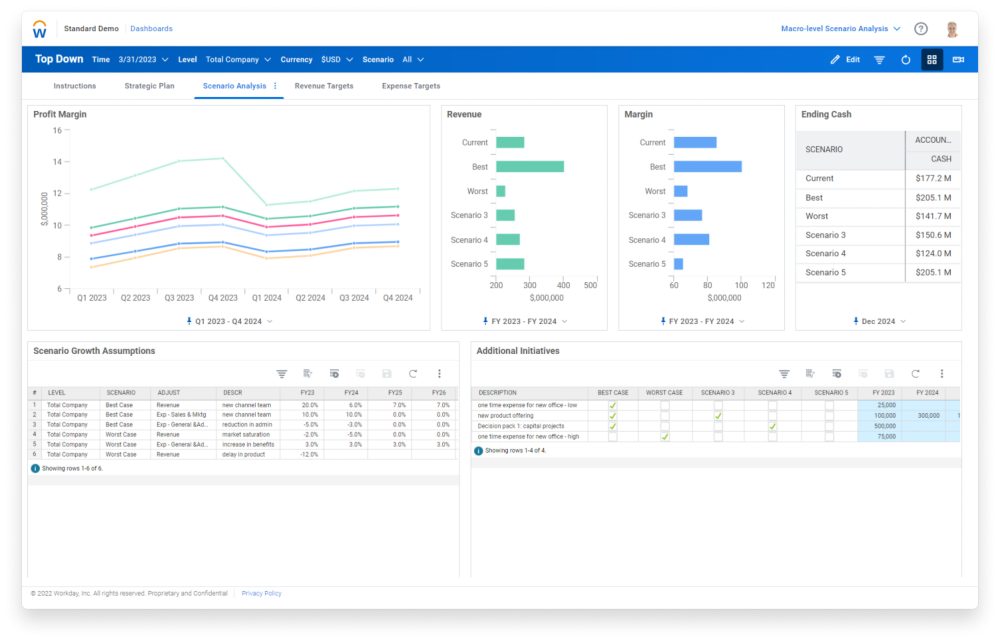Introduction:
In the realm of gardening, creativity knows no bounds, especially when it comes to crafting your own garden solutions on a budget. DIY pallet planter boxes offer an ingenious and affordable way to elevate your garden space while making use of reclaimed materials. Let’s delve into the world of DIY pallet planter boxes and explore how they can become creative garden solutions for any budget-conscious gardener.
Finding the Perfect Pallet:
The first step in creating your DIY pallet planter box is finding the perfect pallet. Look for pallets that are sturdy and in good condition, preferably ones that have been heat-treated rather than chemically treated. Check local businesses or industrial areas for free or low-cost pallets, or ask friends and neighbors if they have any they’re willing to part with. Remember, the beauty of DIY projects lies in the hunt for materials!
Prepping Your Pallet:
Once you’ve secured your pallet, it’s time to prepare it for transformation into a planter box. Start by sanding down any rough edges or splinters to create a smooth surface. Depending on the design of your planter box, you may need to remove some of the slats or reinforce certain areas for stability. Take your time during this step to ensure your pallet is ready for its new role in the garden.
Designing Your Planter Box:
Now comes the fun part: designing your DIY pallet planter box! Get creative with the layout and configuration of your planter, considering factors such as size, depth, and drainage. You can opt for a simple rectangular design or experiment with more intricate shapes and patterns. Keep in mind the types of plants you’ll be growing and tailor your design to accommodate their needs.
Assembling Your Planter Box:
With your design finalized, it’s time to assemble your pallet planter box. Use a saw to cut the pallet to size if necessary, then begin attaching the pieces together using screws or nails. Reinforce the corners and edges for added stability, and ensure the bottom of the planter box is securely attached to prevent soil from spilling out. Take your time during this step to ensure your planter box is sturdy and well-built.
Adding Drainage and Lining:
Proper drainage is essential for the health of your plants, so be sure to incorporate drainage holes into the bottom of your pallet planter box. You can also line the inside of the planter box with landscape fabric or plastic sheeting to prevent soil erosion and prolong the life of the wood. This simple step will help ensure your plants thrive in their new home.
Filling and Planting Your Planter Box:
Once your pallet planter box is assembled and lined, it’s time to fill it with soil and plant your favorite flowers, herbs, or vegetables. Choose plants that are well-suited to the size and conditions of your planter box, and arrange them creatively to maximize visual impact. Consider mixing different colors, textures, and heights for a dynamic and vibrant display.
Caring for Your Pallet Planter Box:
Like any garden feature, your DIY pallet planter box will require ongoing care and maintenance to keep it looking its best. Water your plants regularly, taking care not to overwater or let the soil dry out completely. Keep an eye out for pests and diseases, and address any issues promptly to prevent them from spreading. With proper care, your pallet planter box will continue to bring beauty and joy to your garden for seasons to come.
Conclusion:
DIY pallet planter boxes offer a creative and budget-friendly way to enhance your garden space while making use of reclaimed materials. By following these simple steps, you can transform an ordinary pallet into a beautiful and functional planter box that adds charm and character to your outdoor oasis. So roll up your sleeves, unleash your creativity, and get ready to enjoy the fruits of your labor in the garden! Read more about diy pallet planter box ideas





